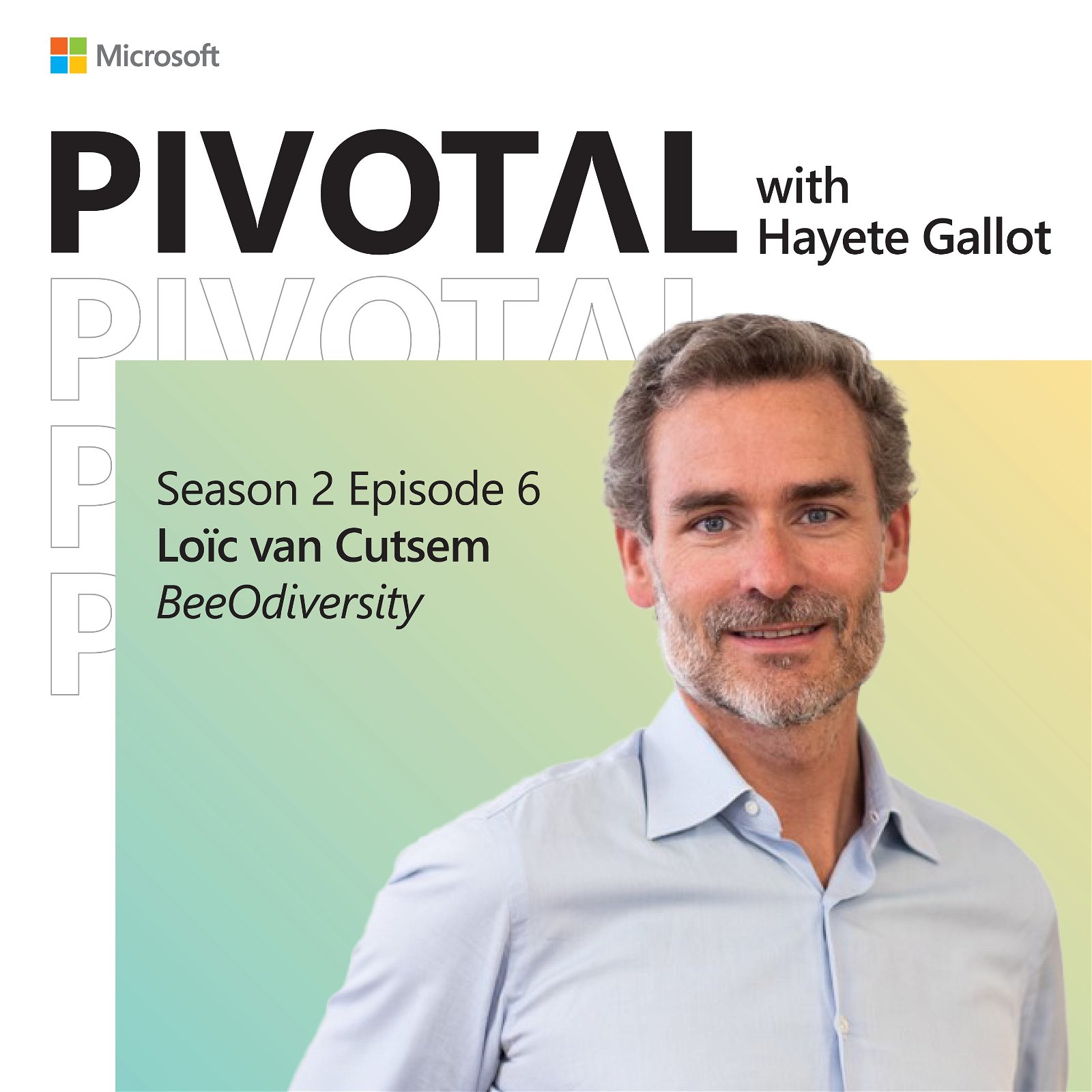BeeOdiversity’s mission is to help regenerate biodiversity and reduce pesticides and heavy metals in the environment by combining the brilliance of Mother Nature with technology. Their BeeOmonitoring solution uses data obtained from bees to measure pollutants and the state of biodiversity — and then help people use those measurements to change things for the better.
After 10 years of collecting environmental data in partnership with bees and beekeepers worldwide, BeeOdiversity is working with Microsoft to process and interpret their findings through AI and machine learning tools. These new tools give them the power to review massive datasets and deliver timely, actionable insights that would have been impossible to uncover before.
The beauty of this approach is that bees work every day to visit billions of plants across a vast area — and people rarely argue with their findings.
Link to full episode transcript.
Produced by Larj Media.

